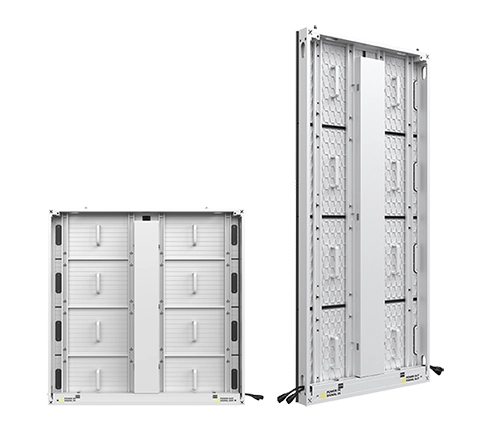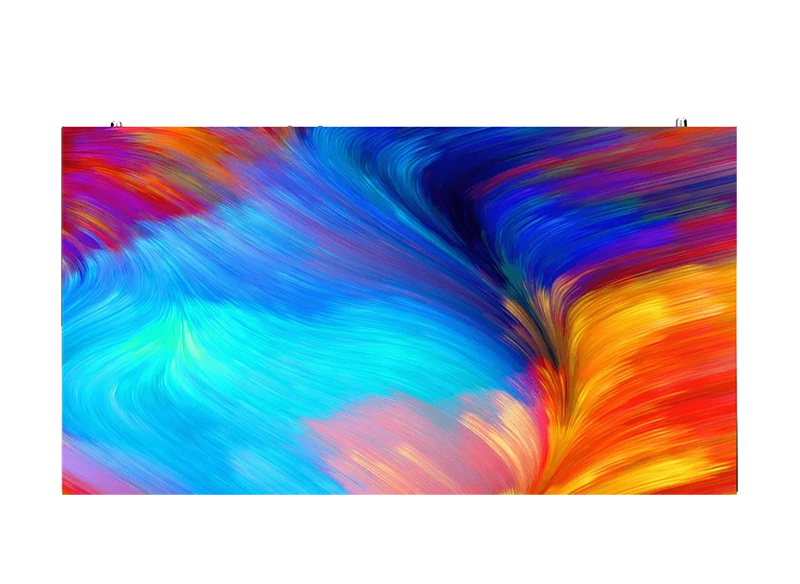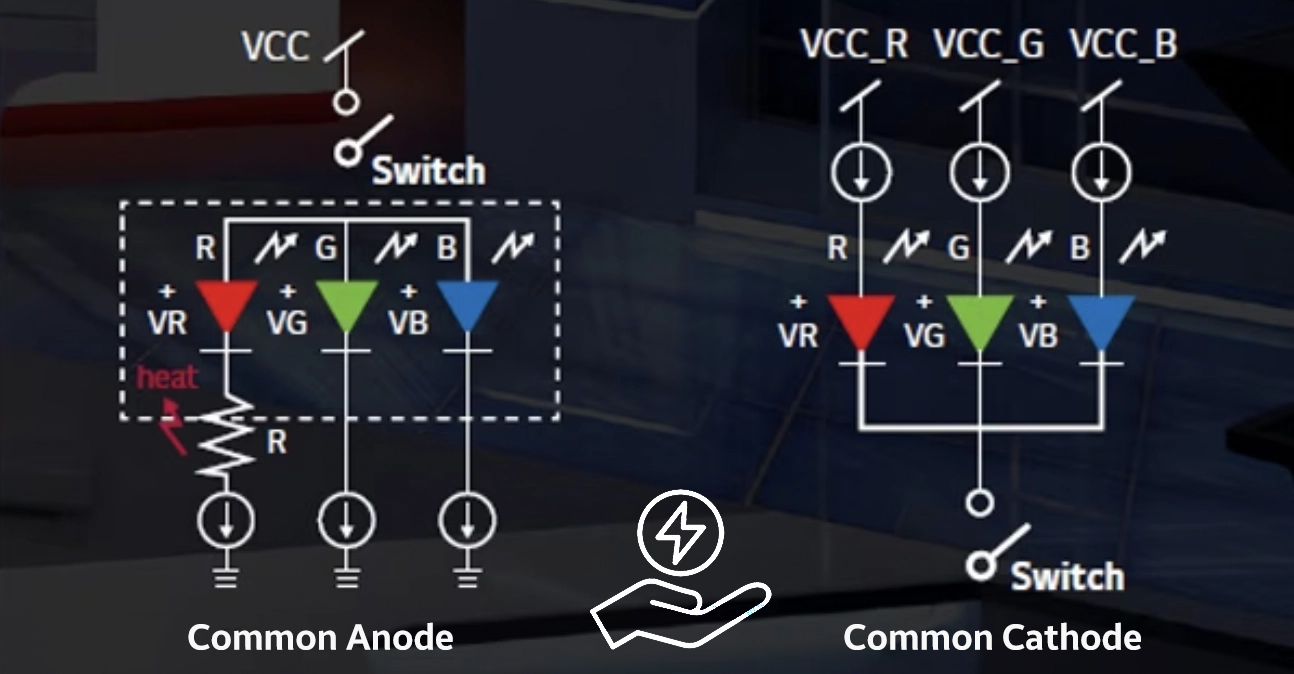Common Anode LED Display
Common anode LED screen has all of the anodes of the individual LEDs connected together and to a common terminal, while the cathodes of each LED are connected separately.
Common Cathode LED Display
A common cathode LED screen is also called” energy-saving led display”. It has all of the cathodes of the individual LEDs connected together and to a common terminal, while the anodes of each LED are connected separately.
common cathode”. It is an energy-saving power supply technology for LED displays where the current first passes through the LED chips and then reaches the negative pole of the driving IC, hence the name “common cathode”. The voltage drop and current loss can be reduced by using the independent voltages power supply method. Additionally, this technology can separate and precisely power the red, green, and blue LED chips. LED professionals know that the rated power required for the red, green, and blue chips is different, and ordinary power supply methods cannot separate them and can only provide them with the same power. With an independent voltage power supply, the red, green, and blue LED chips can be separately and accurately powered, providing different voltages to them under the same current, which can ensure that they work at their rated power, thereby improving energy utilization and reducing energy consumption.
Common Cathode Fine Pixel Outdoor LED Display
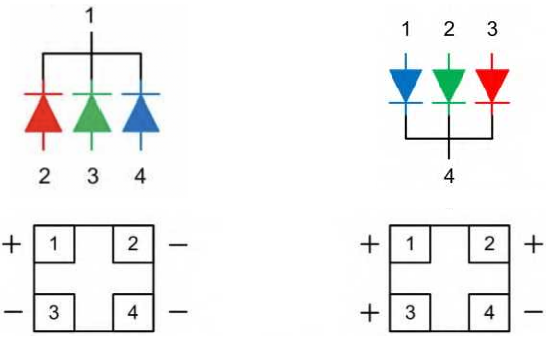
Common Cathode VS Common Anode LED display, which is better?
In the early stage, LED displays were mostly used for outdoor applications using larger pitch products, which did not have a physical space limit for driver ICs as they were designed with static scan drive. However, when LED displays began to be used for indoor applications using smaller pitch products, the space available for electronic components was squeezed, and as a result, dynamic scan drive (line-scanning drive) based on time-division multiplexing (TDM) came into being.
Under line-scanning drive mode, LED displays can be categorized into two types: the common cathode and the common anode.
As the name implies, common anode means individual LEDs are connected via their positive ends and driven by negative ends; and common cathode means individual LEDs are connected via their negative ends and driven by positive ends, and in common cathode mode, R, G, B chips are separately powered with voltage and current precisely distributed to red, green, and red diodes, and the current passes the diodes then to the negative ends of ICs.
Common Cathode VS Common Anode LED Schematic Diagram

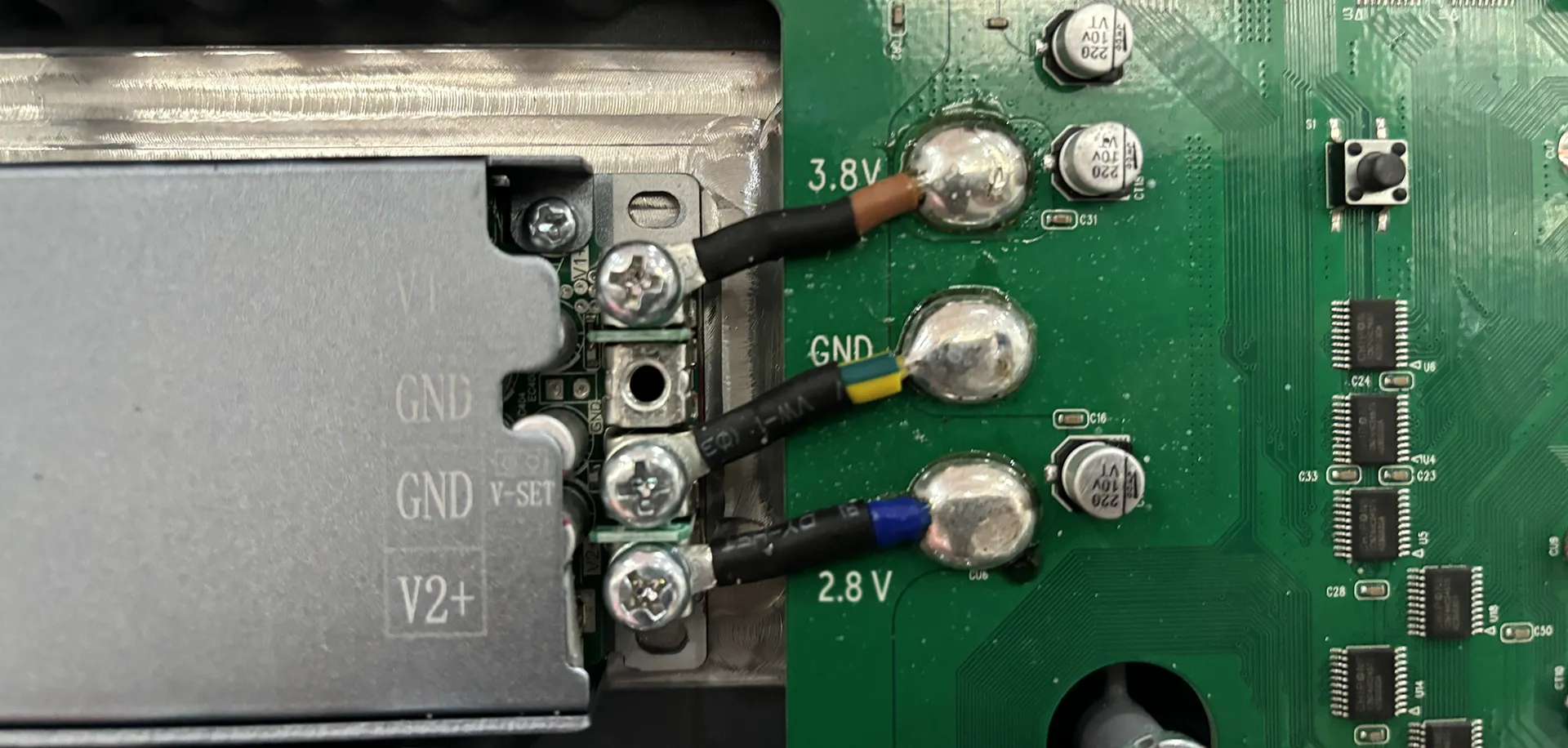
The difference between the common cathode and common Anode
The direction of the current flow
■ In common anode mode, the current of LED displays flows from PCB to LED diodes, and the RGB LEDs are powered with the same power source at the same power rate, and therefore the forward voltage drop is increased.
■ In common cathode mode, the LED display’s current first passes through LED diodes with R, G, and B LEDs separately powered. Voltage and current are precisely distributed based on individual needs, then to the negative ends of ICs. The forward voltage drop is reduced, and as a result, there is less internal conduction resistance.
The supply voltage
■ In common anode mode, the LED display provides RGB LEDs with a unified voltage higher than 3.8V (such as 5V), therefore the power consumption is high.
■ In common cathode mode, the LED display provides RGB LEDs with separate voltage based on actual needs (2.8V for the red LED, and 3.8V for the green and blue LEDs). Because of this separate and precise power supply, the power efficiency is higher. Consequently, less heat is produced as less power is consumed.
Energy efficiency and cooling effect
■ Based on accurate power control, common cathode technology can reduce the power consumption of the entire system by reducing the red LEDs’ supply voltage. Moreover, there are no extra line-scanning devices needed to achieve this. By using common cathode technology, LED displays can reduce excessive heat and power consumption, pixel failure rate, and ghost lines (tailing effect), thus improving LED displays’ overall performance
Supply chain
■ Common cathode technology reduces forward voltage drop by reducing the supply voltage of red LEDs, however, this requires the use of more power supplies, which further increases the complexity of the component layout on PCBs. Currently, the key supporting components related to common cathode technology are LED diodes, power supplies, and driver ICs. These components have market-proven solutions for common anode technology but are still in the early stages of common cathode technology.
How to calculate the power consumption of led display
Assuming that under common anode mode, a 5V voltage is used as the unified power, under common cathode mode a 2.8V is used for red LEDs, and all other conditions are the same if the current of red LEDs accounts for 40% of the total current, then we can quickly calculate the percentage of power saved: 40%*(5-2.8)/5=17.6%. If the ed LED current accounts for 50% of the total current, then we can save 50%*(5-2.8)/5=22%, Therefore, there is a theoretical 17.6%~22% power savings using common cathode technology over common anode technology.
Common Cathode LED Display saving cost.
• 1). Electricity, save operating costs: accurate power supply to reduce led display power loss, reduce operating costs.
• 2). No-cooling systems required: low heat temperature rise can also save the air conditioning, fans, and other cooling equipment.
• 3). Maintenance and repair costs: the subsequent fully enclosed die-casting aluminum chassis, the components are maintained one by one, making the led display life is about 2 times that of ordinary screens.
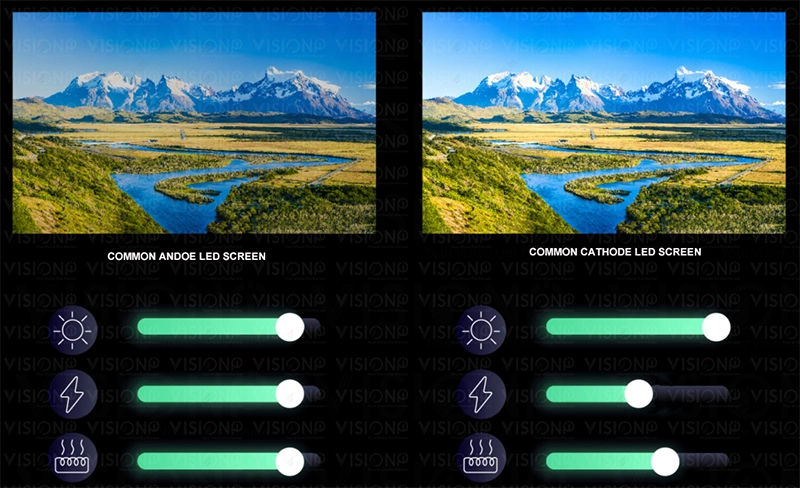
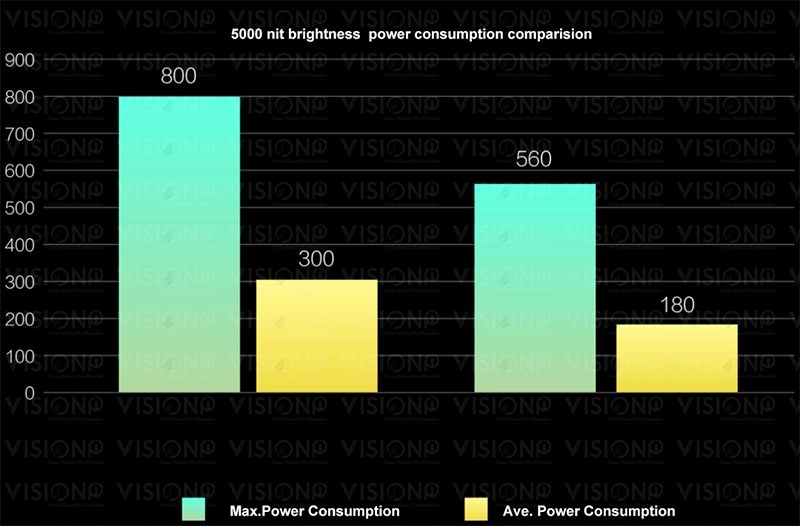
Common Cathode Energy-saving LED Display
Common Cathode COB LED Screen
Ultra-low power consumption & temperature riseThe indoor common cathode LED screen can effectively save energy and dissipate heat through the flip-chip LED plus common cathode drive.
Common Cathode Outdoor Fine Pitch LED Display
The Common Cathode Outdoor Fine Pitch LED Display series, with pixel pitches of 1.2mm, 1.5mm, 1.8mm, and 2.5mm, provides unmatched clarity and durability for outdoor environments. Utilizing cutting-edge common cathode technology, these displays significantly reduce power consumption and heat output, all while maintaining high brightness levels. This ensures reliable, long-lasting performance, even in the most demanding outdoor conditions. Whether for advertising, events, or architectural installations, these displays offer vibrant, high-definition visuals with exceptional stability.
The future of led displays is to be more energy-efficient and environmentally friendly and to provide high-performance and low-power products that can solve the customers’ problems. The LED display should also be easy to maintain so that it can work stably for a long time. The LED display production technology is becoming more mature, and the future development of LED displays will focus on meeting the personalized needs of customers with energy-saving and easy-maintenance features.
Contact us today to learn more about how our LED displays can enhance your outdoor projects and deliver exceptional visual impact.

